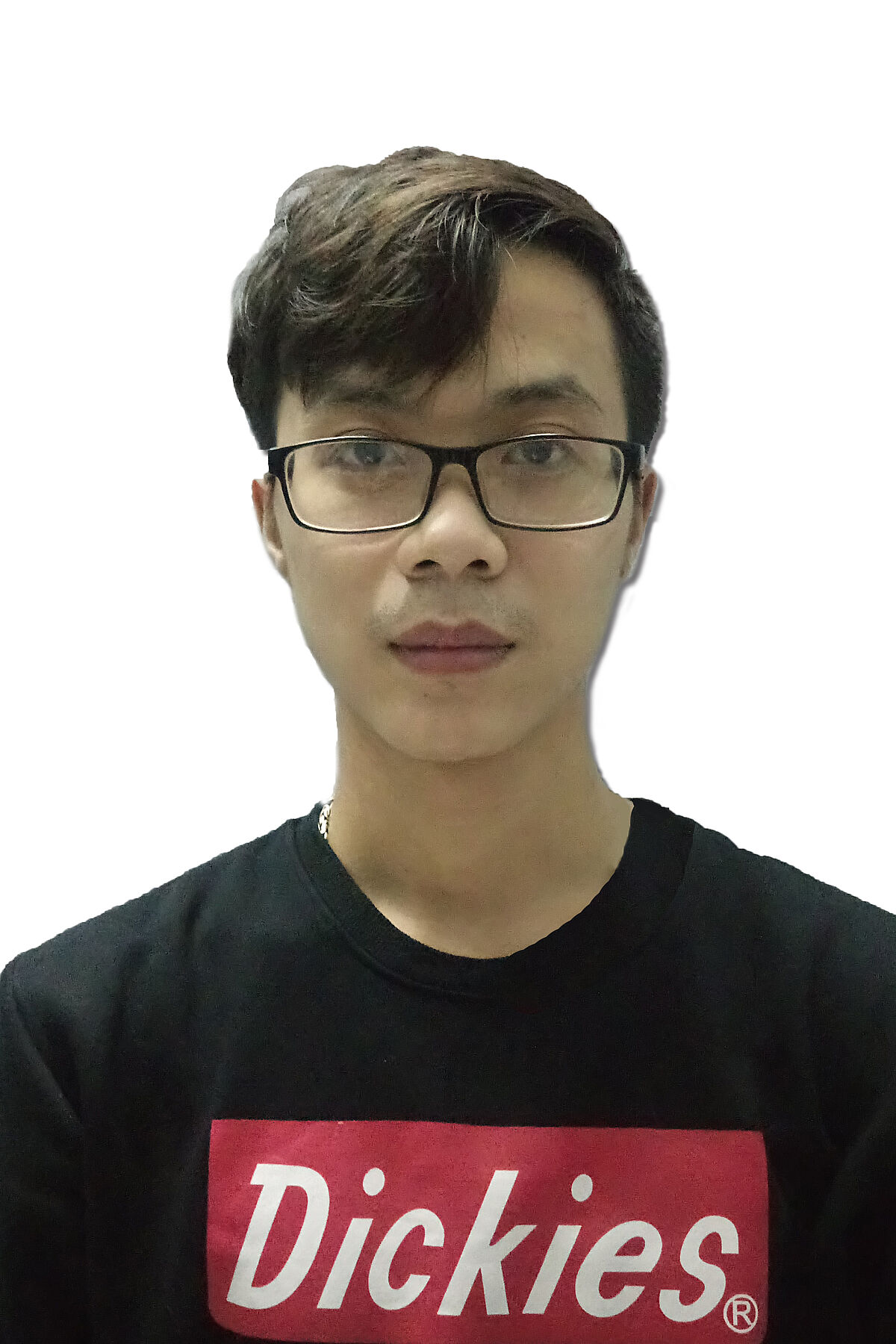M.Sc. Lam Vien Che
Room Ex 137
Tel.: +49 (0) 381 498-7075
Fax: +49 (0) 381 498-7081
Email: lam.che(at)uni-rostock.de

Numerical model for electrical stimulation of bone and cartilage.
Uncertainty quantification and sensitivity analysis.
Finite element method.
Poisson Nernst-Planck equation and its coupling to mechanics and multi-physics models.
SFB 1270/2 ELAINE - Electrically Active Implants
Project A02 in SFB 1270/2 ELAINE
The project's goal is to contribute to the conception of an electro-stimulative implant system for cartilage regeneration. I will concentrate on micro-and macroscopic simulation models to investigate the behaviour of cartilage and bone under the influence of electrical and mechano-electrical stimulation. The experimental parameters of models will be provided by projects A05, B01, and C02. There are two research directions. The first direction is associated with hydrogels and their electrical stimulation. The objective is to determine effective and novel numerical methods suitable to resolve non-linear coupled problems, for example, the Poisson Nernst-Planck equation and its coupling to mechanics and multi-physics models. Those methods comprise finite-element analysis and multi-scale modeling. The second direction is stimulation models based on imaging data of real-life samples. B01 and C02 acquired the measurement data at PETRA III, located at Deutsches Elektronen-Synchrotron DESY in Hamburg. As such image data enable reconstruction of the individual cells, there are potentials to explore and advance cell-based models. An image from PETRA III could be registered, segmented, and used along with a numerical model of a capacitive-coupling device to predict the stimulation effect. Moreover, the numerical model will be validated based on electrical quantities obtained from experiments. In particular, the experimental results could be compared with the simulation predictions to estimate whether or not the experimental result is within the prediction interval. This question is related to uncertainty quantification (UQ). This approach is called forward UQ. Suitable numerical methods are Monte Carlo, and Polynomial Chaos approaches. In contrast, inverse UQ estimates the model parameters from experimental data by, for example, Bayesian methods. This approach will also be explored.
Last but not least, one crucial objective is to develop a single-scale model for cell contractility under electrical stimulation. This model will be integrated into the multiscale framework with efficient scale bridging techniques to perform, in our case, electrical stimulation in bone and cartilage. The Python-based open-source finite element software FEniCS and NGSolve will be employed to design the macro-scale models. Numerical studies with higher-order elements and constitutive material models will enhance the accuracy and stability of the simulation outputs. Those numerical models will be specifically created to simulate realistic cell behaviour under physiological and electrical stimuli.
Supervisors:
Prof. Dr. rer. nat. habil. Ursula van Rienen
Dr.-Ing. Revathi Appali
